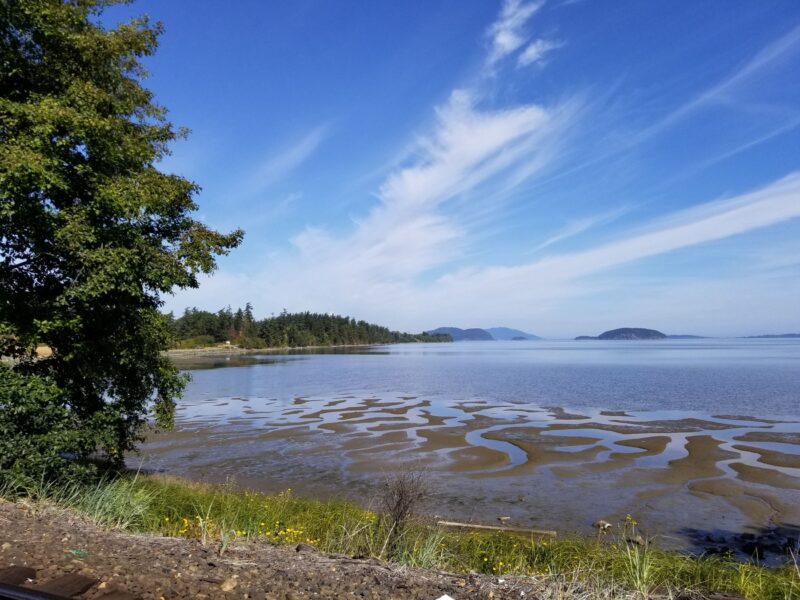1970: Washington Conservation Action (formerly Washington Environmental Council) collects enough signatures to send Initiative 43 to the Legislature.
1971: Legislature adopts an alternative shoreline management law that is based on the initiative. Through an emergency clause, the law took effect on June 1, 1971; as directed in that law, Ecology began developing regulatory guidelines to help local governments implement the Shoreline Management Act of 1971.
November 1972: Both Initiative 43 and the legislature’s alternative law (listed as Initiative 43-B) appear on the ballot (general elections were still held only in even-numbered years at that time). Initiative 43-B is adopted, thus affirming the law adopted by the legislature the previous year.
In the late 60’s, we didn’t have much respect for our shorelines.
Joan Thomas, Washington Environmental Council Founder (now Washington Conservation Action
“When passed in 1971, the Shoreline Management Act (SMA) helped cities and counties take another look at their shorelines and turn them into their front yards, rather than their back yards. Since its inception, SMA has proved to be an important tool in the preservation and restoration of our state’s shorelines. No longer are they only for garbage dumps, railroad tracks, and industrial areas. In the Nisqually Delta, for instance, WEC and other environmental organizations worked with citizens to save a significant shoreline from unnecessary and harmful development.
Washington Environmental Council put together a bill, a statute for shoreline management, and we ran it as an initiative to the legislature. It was filed in September and in 10 weeks we got 160,000 signatures, all volunteer. It was presented to the legislature in 1971.
We had some of our members – very lady-like ladies I must say – who were arrested because they did not stop gathering signatures at shopping malls which are private property; they were told to leave and did not. The issue was taken to court and we won: we did have the right to gather signatures on that shopping mall. That was a side victory that I think has benefited every initiative, petition that has been ever since.
Initiative 43 was one of the first grassroots efforts that Washington Conservation Action (formerly Washington Environmental Council) undertook.
There’s no question if we didn’t have SMA, we would have a lot more buildings built out over the water. I think it was very wise to reserve the use of shorelines for the things that depend on water, being close to the water, like providing for public access and providing for recreational uses. I think it has turned many cities around. If you go to Wenatchee today, their shoreline is quite different. The Yakima has a greenway along their shoreline.”

